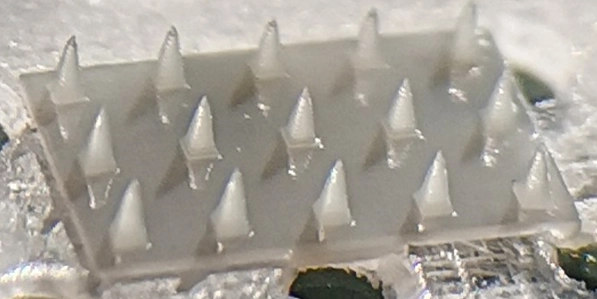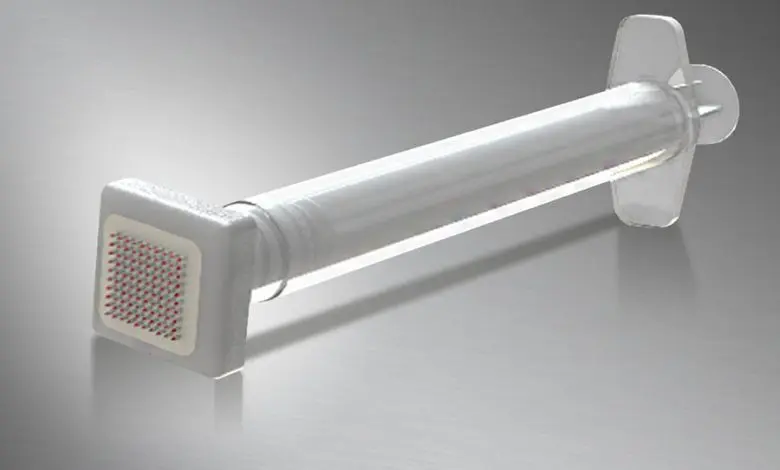3D-Printed Microneedles for Continuous Glucose Monitoring
For many of the 422 million people around the world living with diabetes, glucose monitoring is a necessary, and uncomfortable, daily chore requiring a painful pinprick to test the blood. Newer technologies, like the FreeStyle Libre, offer continuous monitoring, but the system still requires that a 5mm rigid metallic needle be driven into the skin. While not as bothersome as the fingertip lance, it’s still uncomfortable for the patient. Aiming to develop a solution that’s more comfortable for the user, the AIT – Austrian Institute of Technology – partnered with DirectSens and In-Vision to launch the NUMBAT research project. NUMBAT aims at leveraging high-resolution DLP 3D printing to create an array of polymeric microneedles for minimally invasive—and less painful—continuous glucose monitoring (CGM).


